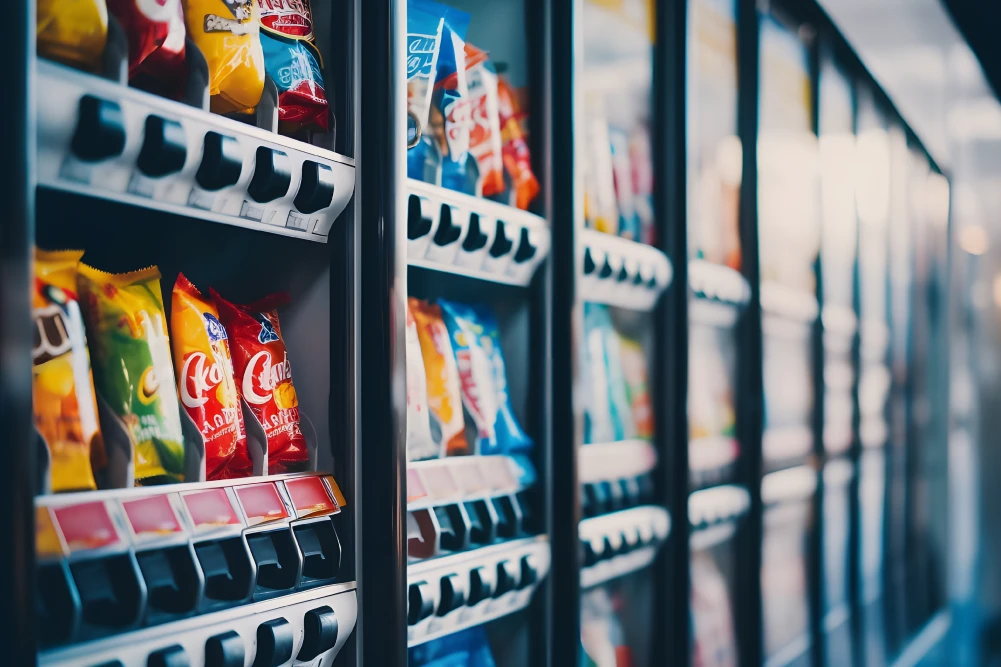- Home
- Food Technology and Vending Guides
- Education and University Catering & Vending Guide
Education and University Catering & Vending Guide
Providing the right fuel for students is critical to their developmental success. Promoting a balanced diet not only helps foster healthy eating habits, but it ensures they have sufficient energy and nutrition to get the most out of each lesson. There are a variety of ways to cater for schools.
Supplying school lunches is the most important since most students are likely to use this service. But schools and universities may require additional food options for dining halls, cafeterias, tuck shops and vending machines. Food may also have to be on hand during midmorning breaks, after-school clubs, and free periods.
As the experts in catering and food technology, Selecta have produced this guide to explain everything you need to know when buying bespoke catering solutions for schools and other educational institutions.
Student considerations
Firstly, you need to ensure the school’s catering meets the needs of both students and staff. When providing food for children, products must be healthy and appealing to young people.
It's important to consider:
Variety of food on offer – lunches for students are the focus, but vending machines are also required to provide staff and students with drinks and snacks. A variety of fresh, hot meals should be provided for lunch.
Cost of products – It’s important for catering manager to consider the age and economic situation of students in the school or university when tailoring a bespoke catering solution`.
Allergy and dietary preferences — Whether information is displayed clearly on packaging, how packaging helps to safeguard consumers against allergens, and how to cater for alternative preferences like veganism, religious or cultural preferences are all things schools and catering managers must bear in mind when picking a vendor. The
Convenience of food on offer — Schools must consider how convenient the food solutions are. For example, prepacked, eat-hot-or-cold meals are more convenient that need cooking in environments with limited services.
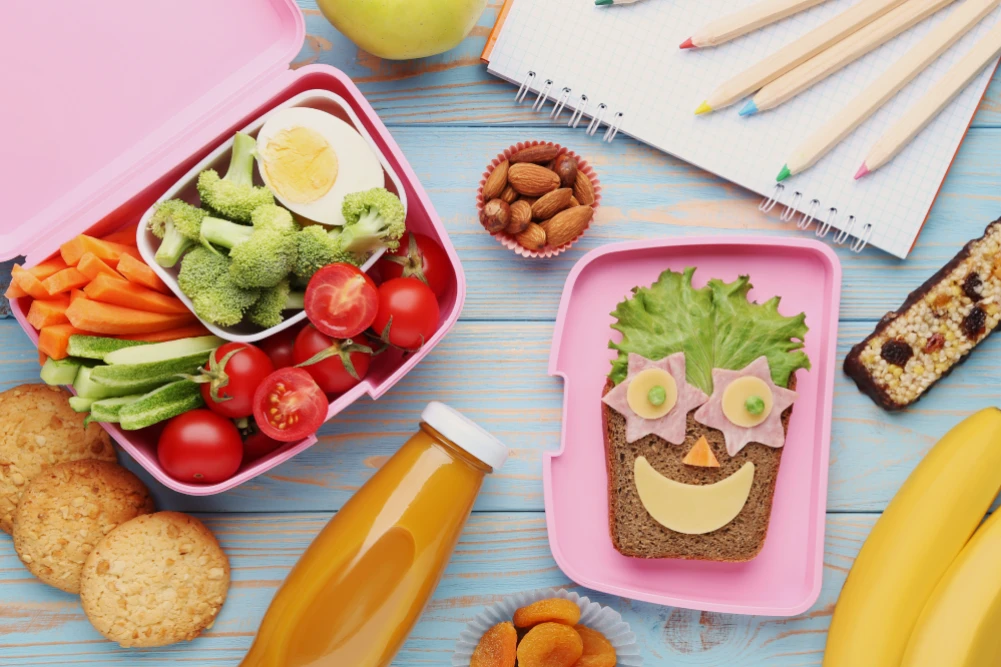
School considerations

Type of school — Whether it’s a primary or secondary school and how this might affect the offering.
Cost of the units — Whether the school wants to buy, rent or lease the machines, running costs etc.
Providing catering solutions for staff – tea, coffee and snacks should be offered for free in staff rooms and offices.
Ease of cleaning — Schools need to bear in mind how easy a machine is to clean. Older machines with more moving parts — or those that lack self-cleaning capabilities — are more difficult to sanitise and maintain stringent hygiene standards for students.
Ease of maintenance — Schools must consider how available parts are to repair machines, whether vendors offer maintenance or call-out support and how easy problems are to diagnose and reduce possible downtime.
Environment/setting considerations
Assess the space available in the school. When choosing where to place your food technology solutions, you need to strike a balance between being distracting and taking up too much room and making them accessible enough to make sales.
- The school site could be thoroughly reviewed to determine the best place for vending machines to be positioned to maximize sales.
- Different types of machines should be in different settings. For example, a vending machine with energy/sports drinks should be placed in a sports building, and coffee machines should be placed in staff rooms. In larger food halls or cafeterias, a bespoke-built MicroMarket may be suitable.
- When providing a catering service, you will have to discuss with the school about the size of budget you have to work within. This will vary depending on if the school is government-funded or private, and how much funding they receive from the government and parental or alumni donations.
- Machines can be restocked with fresh food because students and staff are not on the go and will be on site every day. In dining halls, lunchtime options should be fresh, healthy, balanced and varied.
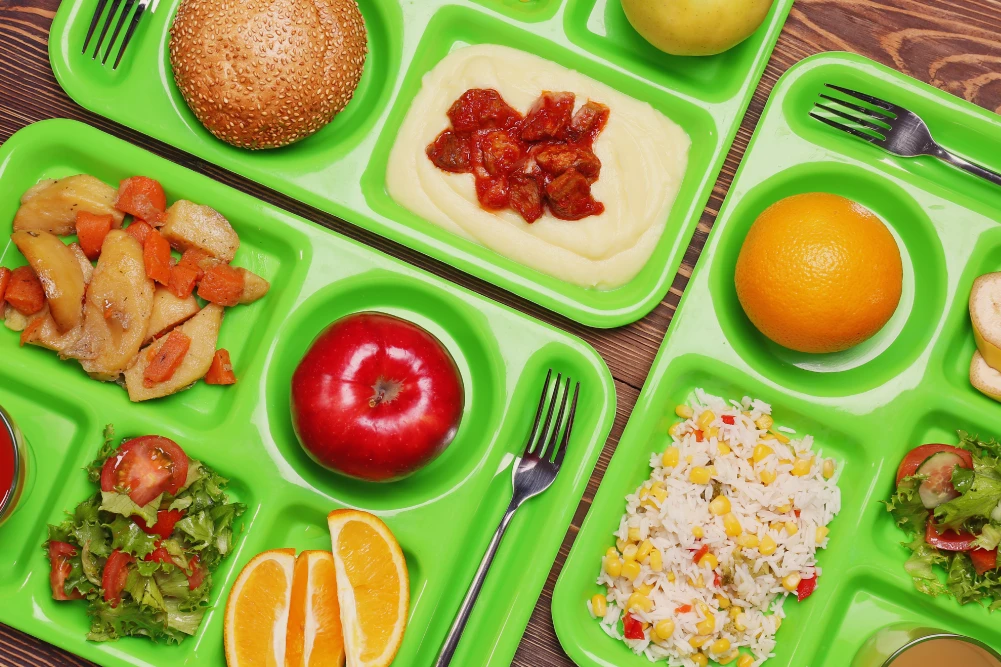
Health and safety considerations
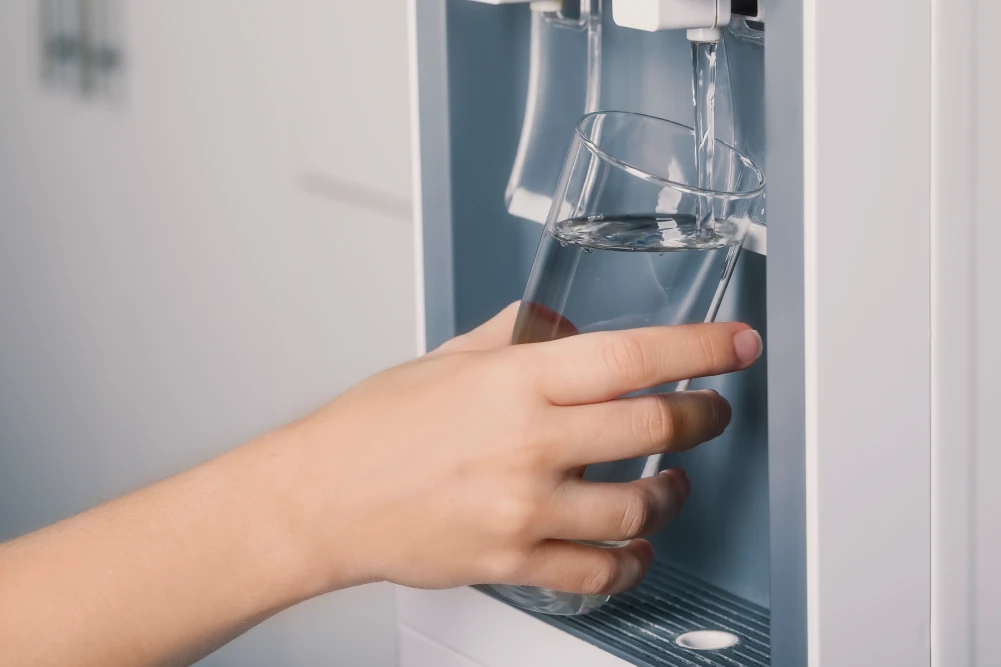
Some of the health and safety concerns that need to be addressed are:
Safe installation — making sure that all safety procedures are followed during the installation period, tradesmen accreditation etc.
Safe placement of food tech solutions — Ensuring they’re not a fire hazard, blocking fire exits, hindering escape routes.
Food safety considerations — What protections do vendors offer the against selling out of date food? Some have scanning and locking systems that monitor use-by dates automatically.
Hygiene — Hand sanitisers stations and cleaning equipment on standby to clean the self-use machines.
Sustainability considerations
Sustainability is fast-becoming one of the most important factors to consider — profitability is no longer the sole factor driving self-catering installations.
Some of the sustainability options that school catering managers need to consider are:
Energy saving options — Whether it’s self-shutdowns, low-power modes, energy efficient machines, school catering managers must consider features that help limit carbon footprints.
Include self-service vending machines — Vending machines — particularly modern, self-service ones — can help limit emissions. Modern machines boast compartmental cooling to save energy and deliver chilled products that are safe and ready to consume.
Sustainable packaging of goods inside — It’s vital that catering managers consider how to reduce waste, promote the use of biodegradable packaging and recyclable cutlery and lower carbon emissions. Reputable vendors prioritise green operations and offer many environmental features embedded within their bespoke solutions as standard.
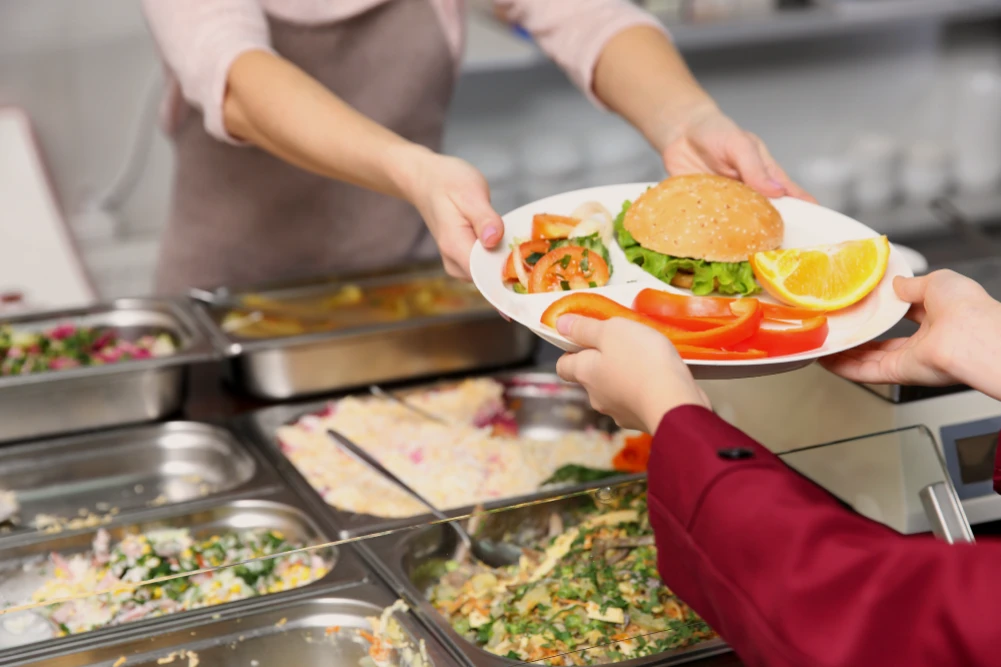
Key products
It's important for schools to consider what solutions can be placed to attract the most interest and drive sales.
For example, vending machines containing cold drinks or snacks could be available to students and staff to boost energy levels, but these should be limited to specific areas of the school such as sports buildings and leisure areas.
Vending machines should have traditional cash options as well as contactless payments because many students may not have a card to pay with. Payment options might also need to accommodate a school’s pre-paid token system where parents top up an account and the students spend it on-site.
Complementary office-style coffee machines would be suitable for staff rooms, improving the engagement and productivity of teachers and other staff in the school. Coffee machines should not be available to students younger than 16.
MicroMarkets should be employed in a café style layout, with a variety of healthy product choices. This is a modern solution that is the perfect balance between a canteen and a vending machine, allowing students to help themselves to drinks and snacks and seamlessly pay. However, a MicroMarket should still be staffed during teaching hours to give students the option to pay by cash.
Free water dispensers should be regularly positioned and available to keep students hydrated, particularly near sports areas.
Selecta offer a wide range of coffee machines, vending machines, smart fridges, micromarkets and water machines, which are ideal for servicing students and staff in a school setting. A guide to Selecta’s vending machines can be found here.
School regulations
When catering for schools it’s important to consult the government guidelines in your region. This will likely include ensuring that each child maintains a healthy, balanced diet with reduced amounts of salt, saturated fat and sugar.
It’s important for catering managers to evaluate their region’s buying standards to help caterers and cooks source their food responsibly. A big part of this is using organic, locally sourced produce as much as possible to support the school’s local community.
